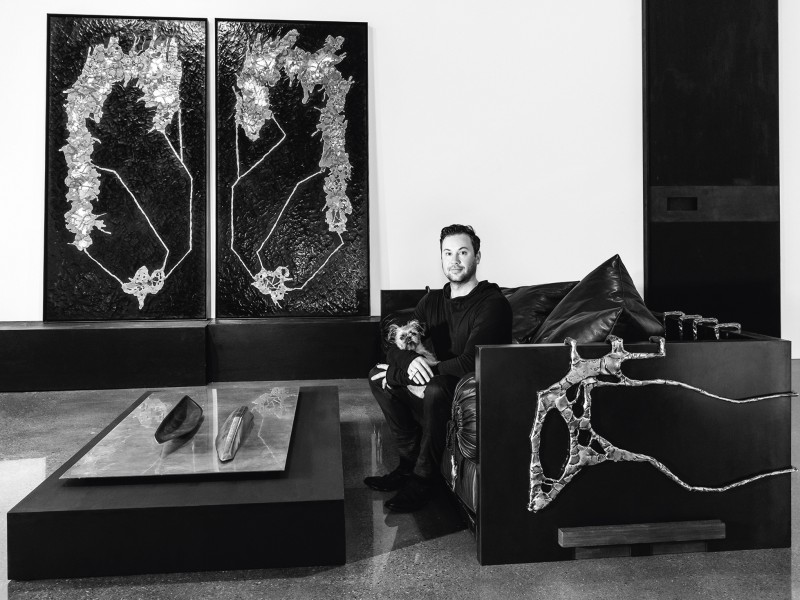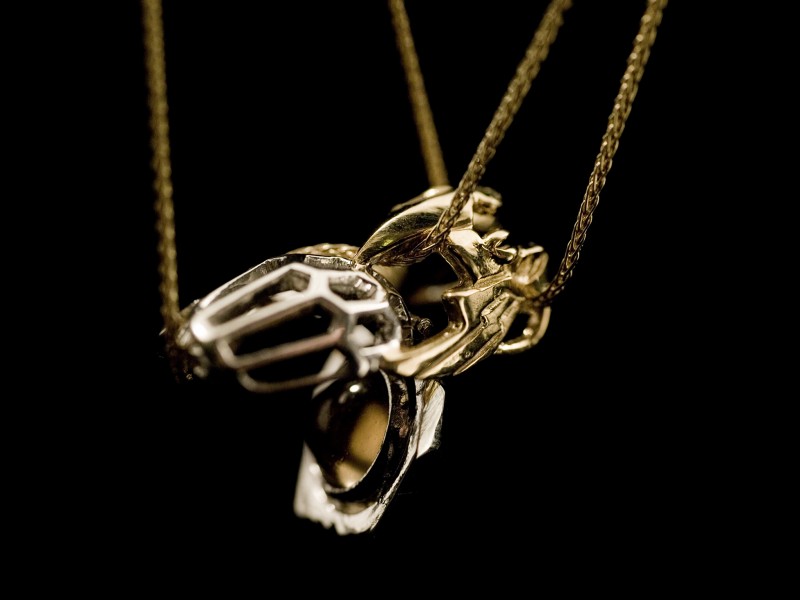The great German poet, Goethe, who was a passionate admirer of Greek art, wrote “nothing gripped my whole being so much as the Laocoön group … I was in ecstasies over it”1. He penned this on viewing a plaster cast of the original in Mannheim in Germany. The fact that copies of the Elgin Marbles were being made and sold in continental Europe solicited joy for Goethe, noting that, “the Continent will soon be swamped with these magnificent forms [plaster casts of the Elgin Marbles], like cheap cotton goods. I am going to order the horse’s head at once so that it will be impossible to do without the heroes that go with it.”2 Replicas of different quality, size and materials disseminated around the world our knowledge of the art of classical antiquity in the modern era. In 2015 Fondazione Prada held two unusual and provocative exhibitions: Serial Classic in Milan and Portable Classic in Venice co-curated by Dr Salvatore Settis and Dr Anna Anguissola. While Serial Classic focused on the idea of the Greek original and the serial production of Roman copies, Portable Classic explored the ideas involved with miniature copies, where sometimes details from the damaged originals were ‘restored’ and scale was a free variable. Although anchored in the art of classical antiquity, the two exhibitions posed very contemporary questions concerning copies and authenticity and the social function of art in both antiquity and modern times. Each examining the use of replicas and copies of Greek art in the Roman empire and beyond which questioning the implications of copying in art.
From classical antiquity, literary sources preserve a catalogue of some of the great names from Ancient Greek art, including Zeuxis, Apelles, Phidias, Polyclitus, Praxiteles, Myron and Lysippus. However, their standing as people in society was low. Regarded as manual labourers, people who worked with their hands were thought of like blacksmiths, and while they could produce wondrous suits of armour to save you in battle, theirs was a skill not considered worthy of a freeborn man. Lucian, the great rhetorician writing in the 2nd century AD, observed: “You may turn out to be a Phidias or a Polyclitus, to be sure, and create a number of wonderful works, but even so, though your art will be generally commended, no sensible observer will be found to wish himself like you; whatever your real qualities, you will always be ranked as a common craftsman who makes his living with his hands”.3 lutarch was of a similar opinion: “We delight in the work, we despise the workman, as, for instance, in the case of perfumes and dyes; we take a delight in them, but dyers and perfumers we regard as illiberal and vulgar folk.”4
The Roman philosopher Seneca was equally condemning of artists when he wrote: “I do not consent to admit painting into the list of liberal arts, any more than sculpture, marble-working, and other helps toward luxury.”5 Neither the Greek nor Latin languages had a word for art as an autonomous aesthetic activity; the Greek Τεχνη or the Latin ars implied the idea of human skill, such as the skill required to undertake an activity like that of horticulture. At the same time as the Roman literati expressed their contempt for artists in general, and Greek artists in particular, there was a flourishing cult of Greek art amongst Roman collectors and public officials. Greek originals were very hard to come by and were acquired at great cost, while Roman copies after Greek originals became a major enterprise, with literally thousands of copies, of different dimensions and out of various materials, were produced.
Both Fondazione Prada exhibitions stood Greco-Roman thought on its head, challenging the idea of a ‘unique genius creator’ by uncovering the prevalence of seriality. A central argument advanced both in the exhibitions and in the accompanying monographic catalogue, was that Greek art itself had a propensity for the creation of repeatable models and, according to a later source, Pliny the Elder, Lysippus himself was responsible for some 1,500 works. Greek thought was generally preoccupied with finding ‘order’ or a common measure, the general as opposed to the ‘specific’ and the ‘historic’ that was often championed in Roman thought; one could think of the contrast between Homer and Virgil’s Aeneid, or Polyclitus’s Doryphorus with a Roman portrait bust. The modern perception of Greco-Roman antiquity in the popular European imagination—with its gleaming white marble sculptures that were thought of as unique creations edifying mythology and lore—are in fact a misconception. The heritage of thought of Johann Joachim Winckelmann and Goethe was brought under question and an alternative idea of Greek and Roman art is presented “whereby statuary white was colour, uniqueness was multiple, and authorship shared”6. Seriality, which is commonly thought of as a modern or post-modern tradition, is shown as being an inherent part of classical antiquity.
The production of free-standing bronze sculptures was carried out in Greece on a vast scale, with an estimate of between 1000–3000 bronze sculptures created in Olympia alone, not to mention huge ensembles of bronze sculptures in Athens, Delphi and Rhodes. Today, only about 100 Greek bronzes survive, none of which are considered amongst the famous masterpieces. In the Serial Classic exhibition, the lost Greek bronze originals, Myron’s Discobolus, Polyclitus’s Doryphorus and Praxiteles’ Satyr, were commemorated with empty pedestals on which the literary sources that speak of these lost originals are displayed. Next to them stood a series of Roman marble copies after the lost originals. The lost bronzes were originally cast from moulds with manipulated and polychrome surfaces, and most likely in a series. Some serialcast terracotta busts from Medma (in present day Calabria in Southern Italy) were included in Serial Classic to remind viewers of the nature of sculpture production in the ancient world. The Roman marble copies were also once polychrome and, to mark this fact, polychrome reconstructions were also included in the Serial Classic.
“We selected works that were representative of different aspects of Roman copying, encouraging the viewer to consider the reasons for and extent of seriality while at the same time focusing on the unique treatment of surfaces and details of each piece. We showed that the seriality in art was not, per se, a Roman invention. Instead, what is Roman about seriality is the specific interest in—and detailed knowledge of—the masterpieces of ancient Greek artists, as well as the use of copies as elements of complex visual semantics,” explains Dr Anguissola. “How similar could the replicas of a same sculptural type be? What was the effect of multiple replicas of the same type exhibited together, next to one another? What materials did the Romans use for their copies—and why? How were copies made? The closing section of Serial Classic, which featured the extraordinary marble statue of Penelope on loan from Teheran, posed the thorny question of the relationship between a surviving Greek original and the Roman versions of the same type.”7
Roman artisans were involved in a process of double translation when making copies in marble of Greek originals in bronze, regardless of how mechanical and accurate the process. One translation focussed on the medium, the other was scale, and invariably the appearance of surfaces with the tactility of the works and changes to small details in the sculptures speaking to a different sensibility. It is these subtle and, at times, not so subtle, shifts in the works that interrogate the notion of the ‘copy’ and the ‘original’ along with the values that can be attributed to these works. Roman workshops would make plaster casts after the Greek ‘originals’ and then, through a process of pointing, measurements taken from the plaster cast were transferred onto the block of marble that was then carved back through a process of triangulation.
A curious fact in the Roman love of seriality was that at times in Roman cities, two or three identical copies of the same work would be displayed in the same room. This was not a question of assembling a representative collection of a sculptor’s work, but of repeating the same work in an effort to impress an audience. The exhibition represented this peculiarity by presenting life-size first century Roman copies made after Praxiteles’ Satyr from the second quarter of the 1st century BC.
Related Features
-
127
-
-
-

